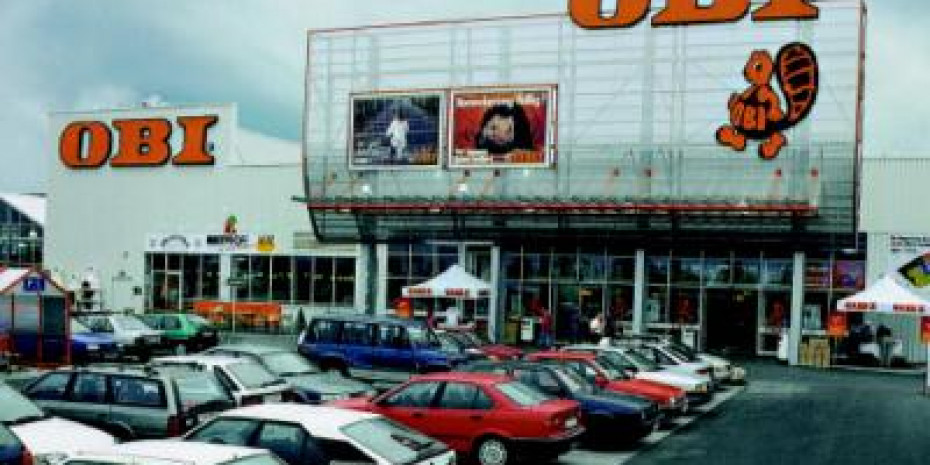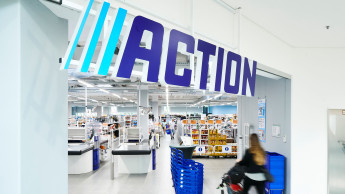Disoriented customers wandering around aimlessly, incompetent advisory services and unfriendly personnel: this is the picture presented by Austria’s DIY stores over recent years. But now their restructuring plans ought finally to bear fruit. Customer satisfaction has risen by seven percentage points over 2001.
The Austrian Customer Barometer, which is based on more than 50 000 interviews, is the largest survey of customer satisfaction in Austria and has been carried out annually since 1997.
OBI has the highest number of satisfied customers (72 per cent).
This year’s results are particularly pleasing for the DIY superstores, since they are all able to record increases in levels of satisfaction. In the 2002 survey, 64 per cent of DIY retail customers declare that they are either “completely” or “very” satisfied with the performance of the DIY store that they last visited. This amounts to an increase of seven percentage points over the 2001 survey. OBI at 72 per cent has the greatest number of satisfied customers, just ahead of Lagerhaus at 70 per cent, while Baumax occupies third place at 62 per cent. The survey, which was carried out between February and April this year, targeted 3 000 individuals over the age of 16 who have their own bank account.
This perceptible increase in satisfied customers can be attributed to several factors. Probably the most important of these is the improved layout of the sales area. This means that satisfaction with the way the goods are arranged and the design of the shelving is growing by six percentage points on 2001, and satisfaction with the cleanliness of the DIY store by as much as nine percentage points. Though it is true that losing one’s way in DIY stores had long been recognised as a problem, retailers were simply underestimating its real significance. Just as they underestimated the visual impression made by their store. Preference was given to pricing instead, following the German example, without however taking into account that price transparency is extremely low among consumers. The Kreutzer Fischer & Partner study revealed that only four per cent of regular DIY store customers are able to memorise the prices of the ten most important articles. On average…

 Menü
Menü















 Newsletter
Newsletter